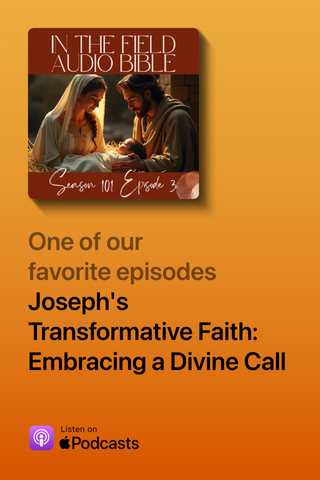Confrontation in Antioch: Paul, Peter, and the True Gospel

Galatians 2 stands as one of the most pivotal chapters in Paul's epistles, revealing a dramatic confrontation in Antioch that shaped early Christian theology and continues to challenge believers today. This chapter pulls us into the heart of a clash between grace and law, between the freedom Christ purchased and the temptation to return to religious performance.
The narrative begins with Paul recounting his journey to Jerusalem fourteen years after his conversion, accompanied by Barnabas and Titus. This wasn't a casual visit but a divine appointment—God himself had shown Paul what to do. The apostle sought confirmation from the Jerusalem leaders that his gospel message to the Gentiles aligned with their understanding. This meeting was crucial, as false believers had infiltrated the community, attempting to undermine the freedom found in Christ and return believers to spiritual slavery through legalistic requirements.
What unfolds next is remarkable. The Jerusalem pillars—James, Peter, and John—recognized the grace given to Paul and extended "the right hand of fellowship" to him and Barnabas. They acknowledged Paul's special calling to the Gentiles just as Peter was called to the Jews, confirming that the same Spirit was at work in both ministries. This moment of unity, however, would soon be tested in a dramatic confrontation that exposed how easily even the most steadfast believers can compromise the gospel when under social pressure.
The scene shifts to Antioch where Paul describes a troubling incident involving Peter (Cephas). Initially, Peter ate freely with Gentile believers—a radical act for a Jewish man that demonstrated the breaking down of religious and cultural barriers through Christ. But when certain men from James arrived, Peter withdrew from table fellowship with the Gentiles out of fear of criticism from the "circumcision group." His actions weren't merely about dining choices but represented a fundamental compromise of gospel truth. Even more disappointing to Paul, other Jewish believers followed Peter's example, including his trusted companion Barnabas.
Paul's response is both instructive and inspiring. He confronted Peter "to his face" and "in front of them all," demonstrating that when the gospel is at stake, public error requires public correction. His rebuke centers on a profound question: If Jews themselves recognize that justification comes through faith in Christ rather than law-keeping, why would they impose legal requirements on Gentiles? Such behavior rebuilds the very walls of separation that Christ died to tear down.
The chapter culminates in one of the most beautiful expressions of Christian identity ever penned: "I have been crucified with Christ and I no longer live, but Christ lives in me. The life I now live in the body, I live by faith in the Son of God, who loved me and gave himself for me." This declaration forms the theological heart of Galatians and captures the essence of the gospel. Paul's personal testimony becomes the foundation for his theological argument—justification comes through faith in Christ alone, not by works of the law.
For contemporary believers, Galatians 2 continues to challenge our tendency toward performance-based religion and people-pleasing compromise. It reminds us that standing for gospel truth sometimes means standing alone, even against respected leaders. It calls us to examine where we might be rebuilding walls of legalism that Christ demolished, and invites us into the liberating reality of a life no longer defined by religious achievement but by faith in the One who loved us and gave himself for us.















